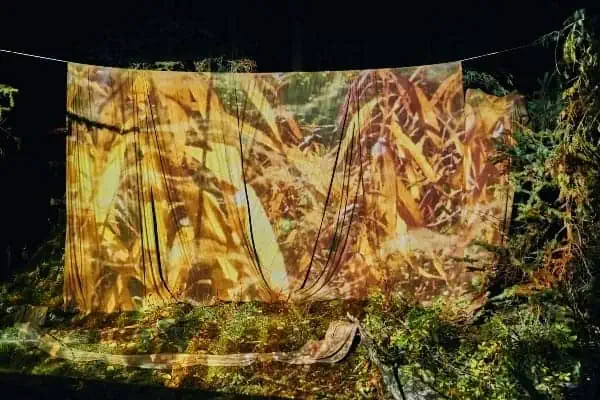Of all the birds of the forest, the chickadee is my favourite.
Growing up in Nova Scotia, it was one of the first birds I knew. My family had a cottage in the forest on the shore of St. Margaret’s Bay, outside Halifax. The black caps regularly shared our play areas.
This tiny, cheery bird is found as far south as Mexico on this continent, and in Yukon as far north as the Dawson area, though some species have been recorded in Old Crow. Mostly seen in southern Yukon, chickadees keeps us company year-round and are frequent visitors to backyard feeders.
Most of us are familiar with the black-capped chickadee, with its black bib and cap. Two other species also breed here: the boreal and the mountain. Most common is the boreal with a brownish head and breast.
All of these little birds use variations of the “chick-a-dee dee dee” call that I heard out east, with the hardy boreal sounding a noticeable nasal tone. Only the black-capped and the mountain species sing a whistled song during spring mating, and only by males.
The rarest of the three is the mountain chickadee, identified by its black cap, and black eye-stripe with a white eyebrow between the two. Found in limited numbers with “hotspots” in the Tagish area, both the boreal and the mountain prefer older coniferous forests of white spruce and pine. It’s been seen, but not often, in several Whitehorse neighbourhoods.
Chickadee fan and Tagish birder Shyloh van Delft has been conducting an observational study of mountain chickadees for a few years. Two years ago, she noticed a small explosion of this species around Tagish, with up to 14 birds seen at one time at a feeder.
(Shyloh, who writes a BeakingOff blog would love to hear about any Mountain Chickadee sightings.)
Boreal chickadees are the most widely distributed chickadee in Yukon, but have been seen to be in decline in southern Canada, and may be losing habitat due to logging activity. Black-capped chickadees seem to be more adaptable to changing habitat, and prefer deciduous forests and shrubs.
In my nearby greenbelt in Riverdale, which is a mixed forest, a local senior gentleman has set up a few feeders to visit regularly. A flock of chickadees will feed from his hand, land on his head and similarly mob others who visit the site. It’s a child’s dream, to have a bird feed from their hand. Chickadees will do this if you are patient in offering them food – they like black-oiled sunflowers in particular.
Chickadees like to grab-and-run from feeders, devouring seeds at perches nearby. They nest in tree cavities and begin establishing their territories in early spring, fledging their young by mid-June.
You can also install standard nest boxes to attract this friendly forest bird.
As spring returns, let’s take time to also enjoy our year-round feathered friend the chickadee, a steadfast companion through the long dark winter. Happy Birding!




